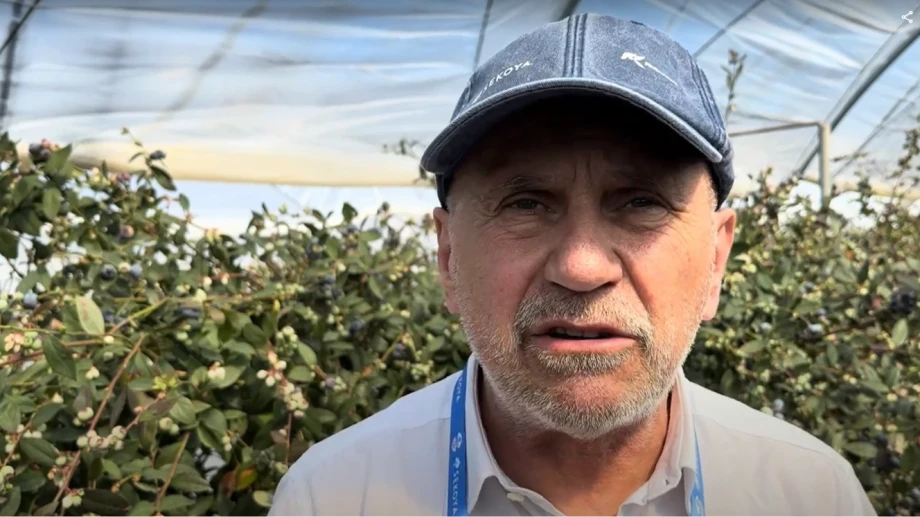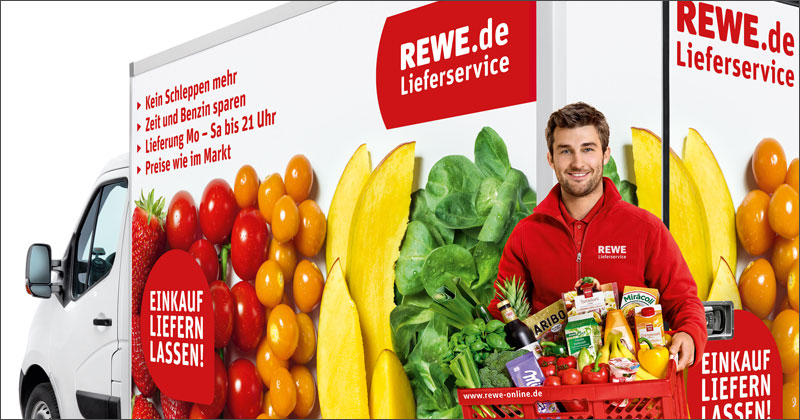"For Italian families, the positive trend for berries continues: now it takes more courage to further boost consumption with greater emphasis on taste and formats," says Carlo Lingua, CEO of RK Growers, commenting on the semi-annual consumption data for berries in Italy. The data, updated by Italian Berry – GfK as of December 31, 2023, is discussed in this exclusive interview with Italian Berry.
How do you assess the year 2023 for Italian consumption of berries?
The main products in the category are showing a positive trend reflecting what is happening globally, with consumption increasing even in countries where berries were not known until recently.
What are the main factors driving this upward trend?
Taste quality is a crucial aspect to build consumer loyalty and generate repeat purchases. It has been demonstrated that a disappointing purchase can halt consumer buying for up to 6 weeks, negatively impacting the entire supply chain.
Health benefits are also clear for consumers, who recognize berries as an unparalleled source of valuable compounds such as vitamins (A, D, and E), folic acid, and minerals (e.g., phosphorus, potassium, and magnesium).
When will Italy reach the consumption levels of the United Kingdom, where the strawberry and berry sector accounts for nearly 2 billion in household spending?
I am optimistic that Italy will reach these consumption levels, but we need to be more open to change and innovations in order to keep growing from the current levle of 600M € expenditure.
For example, there is too much caution regarding formats: we need to move from 125g to larger formats like 250g or 400g to generate more sales.
There is also room for improvement in consumer communication: greater attention to varieties, even on labels, would suffice.
What are the main challenges on the shelves?
There are two different but connected aspects: on one hand, consumer selling prices and margins, and on the other, poor shelf management, often leading to products disappearing at the end of the day or appearing late after store openings.
These two aspects can be seen as two sides of the same coin and indicate an underestimation of the category's potential.
Carlo Lingua personally experiences the dynamics of producers, who have been facing challenging times in recent years.
Firstly, berry producers in Italy are experiencing a too high gap between shelf prices and production costs.
The characteristics of our product make it extremely sensitive to labor dynamics, which in recent years has been a problem both in terms of availability and the quality of the work performed. In 2023, there was an improvement in labor quality, but we still struggle to reach satisfactory levels.
The high incidence of packaging in small formats is felt especially when, as in recent years, there is an increase in packaging and material costs, adding to the increases in agricultural inputs (fertilizers and pesticides).
In conclusion, are there still prospects to look optimistically at the future of berries in Italy?
Certainly, we still have great untapped potential in terms of consumption quantity, product quality, and the professionalism of the entire supply chain to bring consumers the berries they seek for their taste and benefits.










